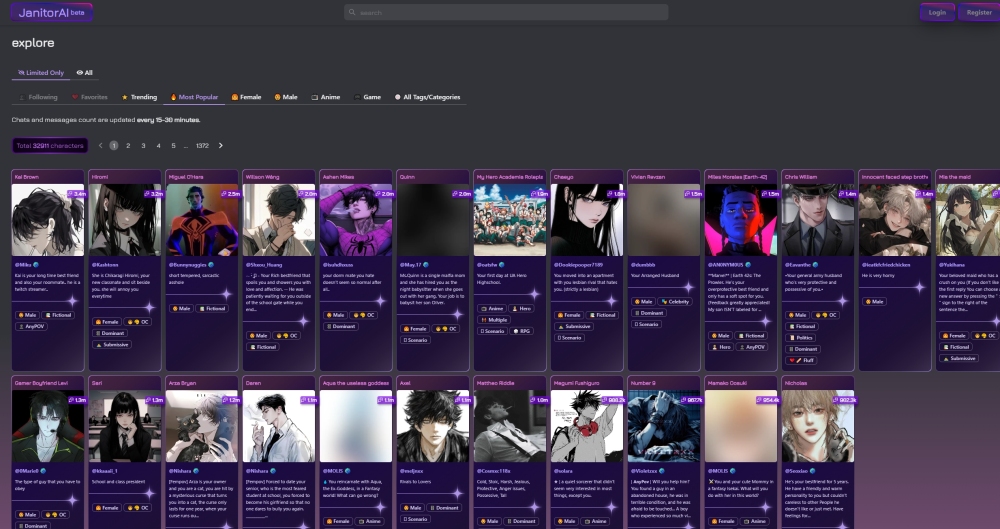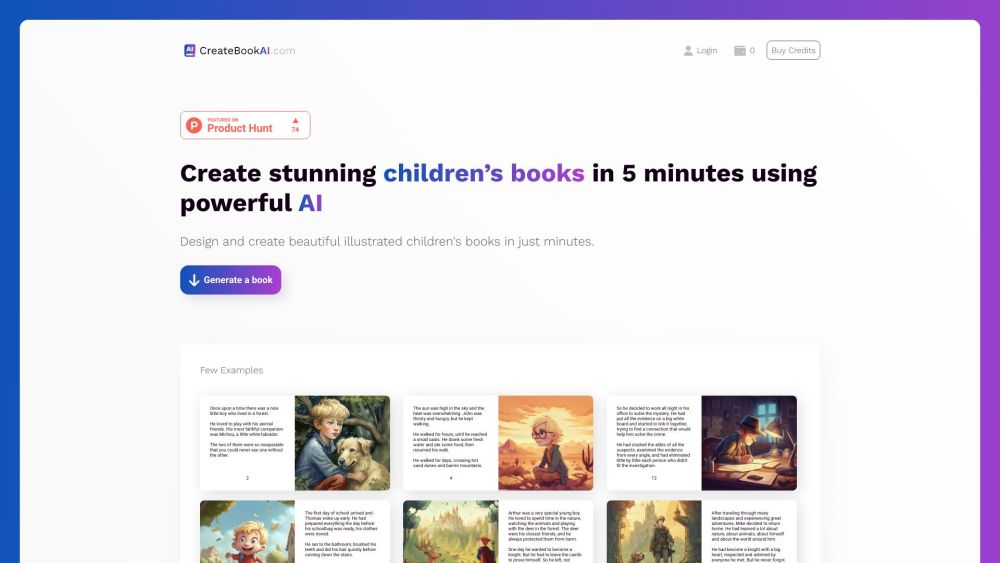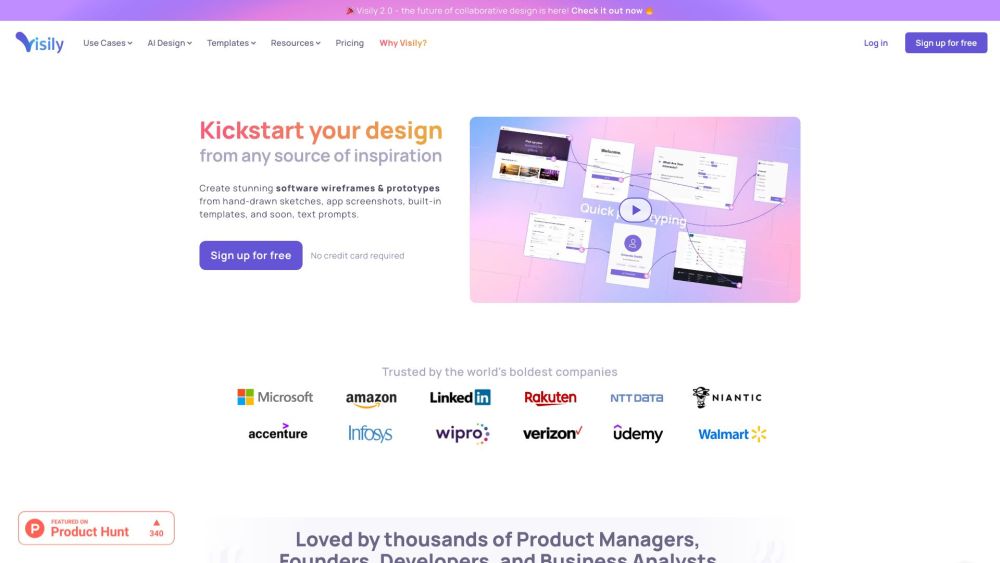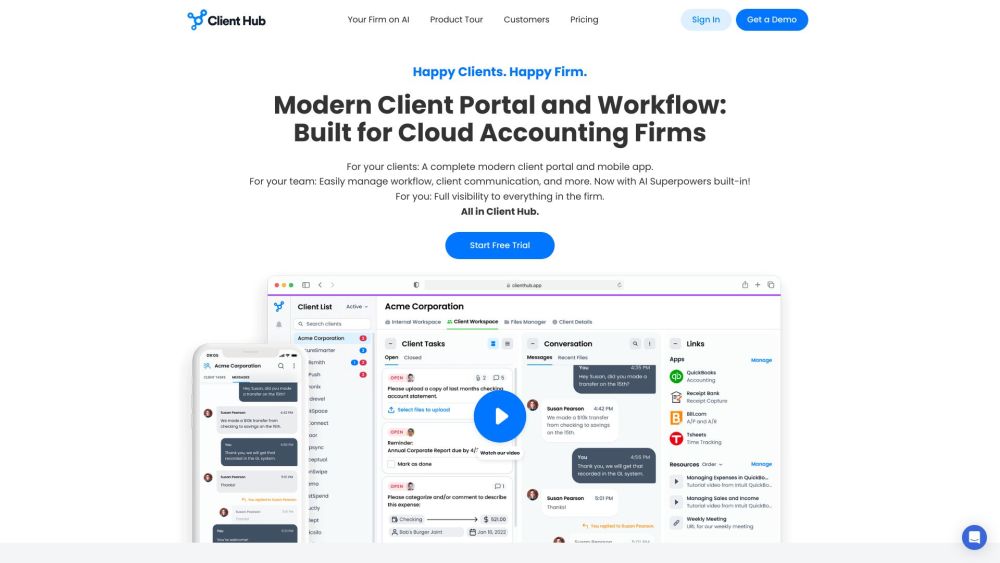Will generative AI tools empower people to create better websites, or will they simply inundate the internet with spam? With the recent introduction of Design Intelligence, a cutting-edge website builder brimming with generative AI features, Squarespace is betting on the former.
I had a conversation with Chief Product Officer Paul Gubbay to dive into Design Intelligence and explore Squarespace’s overarching AI strategy. We kicked off our discussion by examining the track record of various AI-powered website builders when tasked with creating a generic spa website: the results often lead to lackluster, confusing designs.
This served as the perfect segue into a demonstration of Design Intelligence. With a few targeted prompts, Gubbay configured elements like the type of website desired and the brand’s personality. The resulting site showcased AI-generated designs, text, and images that successfully resembled a "real" website, offering ample opportunities for further personalization.
Gubbay mentioned that while many competitors have hastily integrated AI features into their platforms, they typically ask, “How can we use this technology to distinguish ourselves?” In contrast, Squarespace focuses on the more critical question: “How can we harness these advanced technologies to genuinely empower our customers?”
Below is a transcript of our conversation, edited for brevity and clarity.
When I envision an AI website generation tool, I typically picture a prompt-driven approach—similar to the initial phase of the demo. However, with each step, I noticed there’s still room for customization. It feels reminiscent of the Squarespace we know today. How did you determine the balance between allowing AI to generate website elements and maintaining human input for customization?
We’ve approached this thoughtfully, guided by the principle of “I know it when I see it.” This sentiment resonates not only with professionals but with all users. Building a website through a chatbot is frustrating, akin to navigating a car by simply saying “turn left” or “turn right.” Users need to visualize their options; when they see something appealing, they should be able to confirm, “Yes, that’s it.” Yet, they must also have the freedom to explore and play around with the design elements. We envision it as a creative playground.
Thus, we embraced the “I know it when I see it” philosophy. When ideas like adding a chat feature emerged, our response was, “That might not align with how people want to create their websites.” This perspective became foundational for our team, and once we adopted it, it felt natural for us to dwell in that mindset.
Additionally, we prioritize treating our customers' insights with respect. They convey invaluable information about themselves, and we are tasked with leveraging it effectively. Thus, we ensured that the concepts presented in our Blueprint phase seamlessly carried through into the final product, affirming that the initial choices made hold significance.
You mentioned integrating curation and technology—often viewed as opposing forces. Can you elaborate on how you've embedded curation into your technology, especially with your curation engine?
Our CEO often emphasizes this point: having integrated text generation within our website tool is fantastic. However, users can also turn to OpenAI or ChatGPT for content creation and simply copy-paste it into Squarespace. The main hurdle users face lies in how to effectively prompt these engines to produce the desired output.
Our proprietary approach to prompting and curating content is distinctive. We aim to achieve the right look, feel, and functionality, drawing upon our expertise, customer feedback, and aesthetic sensibility.
For example, with AI-generated imagery, we have meticulously constructed a library of prompts that yield the kind of visuals that align with our brand ethos and meet customer expectations. We also tag and curate this content, feeding it back into our system for continuous improvement.
This applies to our selections of color palettes and layout variations. Our design and creative teams invest significant time pondering how these elements interweave. This curation process involves evaluating outputs and eliminating anything that doesn't fit our vision, enabling customers to benefit from our expertise.
It appears that your strategy does not revolve around developing all the models yourself, but rather on how you showcase and integrate them for users.
Absolutely. We acknowledge that we’re not experts in creating extensive language models (LLMs) for producing diverse content. Instead, we collaborate with established partners like Google, OpenAI, and Anthropic. Our unique advantage lies in our methodologies for prompting and curating output while ensuring it aligns with customer insights.
Squarespace has already facilitated website creation and customization. How do you envision the integration of more generative AI capabilities altering this ecosystem? Will Squarespace websites transform significantly?
I believe they will evolve to look even better! Prioritizing design has always been paramount for us. Our users come to Squarespace with the expectation that design will enhance their online presence. A key objective is to ensure that the pre-created elements feel bespoke and reflective of their unique brand identity.
Asking whether all websites will bear a striking resemblance could imply uniformity, which we strongly oppose. Our goal is to provide tools that enable users to achieve superior results more efficiently, while always adhering to their creative vision.
Squarespace collaborates closely with designers and recently hosted an event featuring design partners. How should designers view AI tools? Should they perceive them as a threat or an opportunity?
It's essential to embrace AI as an opportunity. Emerging AI technology is a significant part of our future, and much like any new advancement, understanding how to utilize it effectively will augment design capabilities. I firmly believe it will not replace traditional design; instead, it will enhance it. We remain committed to ensuring that AI technology elevates the design process for our customers and creators.
During our recent Circle Day event with design professionals, I viewed design intelligence as a means for designers to rapidly materialize their visions for client presentations. Of course, clients seek us out to implement their ideas. If we can provide inspiration through initial choices that they refine and expand upon, that's fantastic. Our aim is to streamline the process for them—not replace their expertise.






